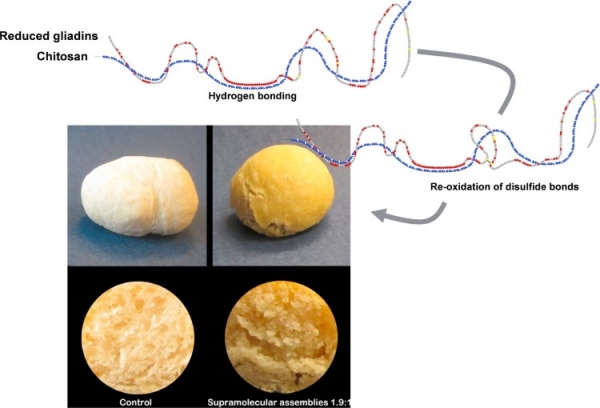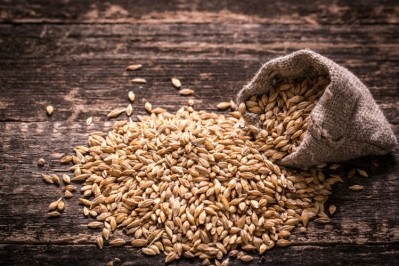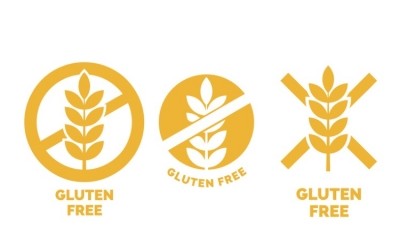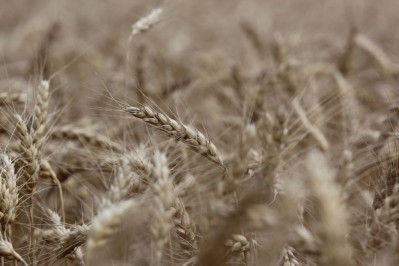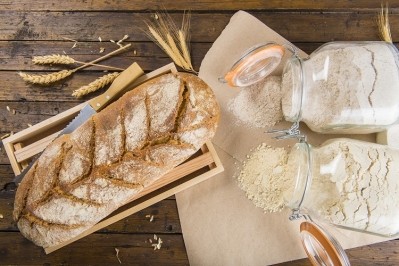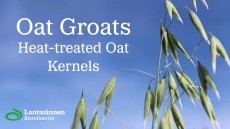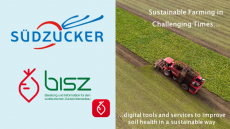A promising alternative to gluten-free products: Study

The Portuguese, Italian, French and Spanish scientists found that reorganizing the molecular structure of gluten proteins reduces its capacity to trigger an immune response in celiac disease.
The method – which uses natural polysaccharides such as chitosan – reorganizes the proteins, which decreases gluten digestibility and, consequently, the release of proteins and toxic peptides for celiac patients.
The highs and lows of gluten
Gluten is a protein complex found in common wheat grains and other cereals, such as rye, spelt or barley, that helps foods maintain their shape, acting as ‘a glue’ that holds it together.
However, some gluten protein fragments trigger an immune reaction in people affected by celiac disease, altering the structure and function of their intestinal epithelial cells.
Essentially, when sufferers ingest gluten, their bodies mount an immune response that attacks the small intestine, which can damage the villi – the small fingerlike projections that line the small intestine. When the villi are impaired, nutrients cannot be absorbed properly into the body.
The treatment is a lifelong adherence to a strict gluten-free diet. Only food and beverages with a gluten content less than 20 parts per million (ppm) are allowed.
But this is restrictive and can be costly.
Minimally modified
A study published last year found that gluten detoxification does not affect the flour to make products like bread, which maintain their baking, visual and textural sensory attributes.
In the new study, scientists developed a ‘gluten-chitosan interlocked self-assembled supramolecular architecture,’ which reduced wheat flour’s toxicity for celiac sufferers.
Marta Rodríguez-Quijano, a researcher involved in the study – published in Food Hydrocolloids last month – explained the new technology does “not remove the gluten proteins, [but modifies] them minimally to avoid the toxicity gluten for these people.”
The new architecture allows dough to maintain its ability to form a network after the addition of water, and kneading showed a higher elastic and viscous degree compared to the control flour.
Researchers noted the new structure could create new wheat-based products specifically for celiac patients, thus opening a myriad of new avenues in the quest for alternatives of gluten-free products.
“We believe this research project will allow developing wheat-based products with sensory, nutritional and technological properties similar to traditional products, but safe for people suffering from celiac disease,” added Rodríguez-Quijano.
Researchers involved in this project came from the following institutions: Además de la Universidad Tras Os Montes & Alto Douro y la Universidad Politécnica de Madrid, Génétique Diversité Ecophysiologie des Céréales (GDEC), the research unit of Transformations et Agro-resources from UniLaSalle and the Institute of Protein Biochemistry (IBP) from Napoles.
Studies
Authors: Rodríguez-Quijano, M. et al
(2019) Food Hydrocolloids. doi.org/10.1016/j.foodhyd.2018.12.026
Authors: Ribeiro, M. et al
(2018) Molecular Nutrition & Food Research 62 (23). Art. Num. 1800646. doi: 10.1002/mnfr.201800646
